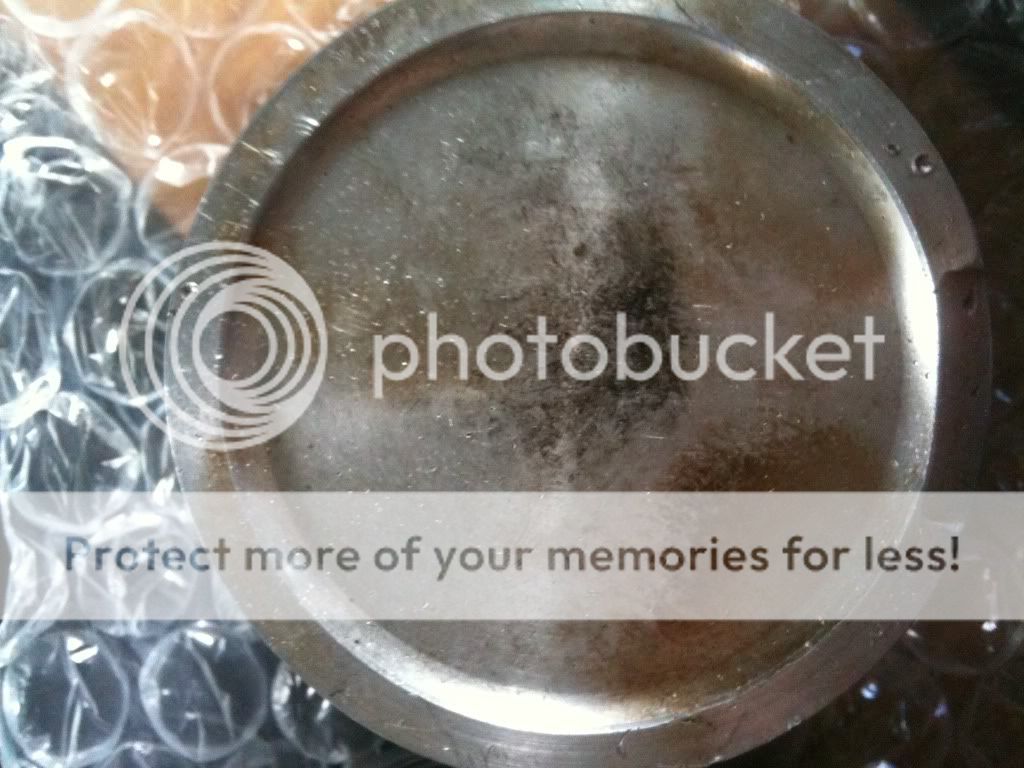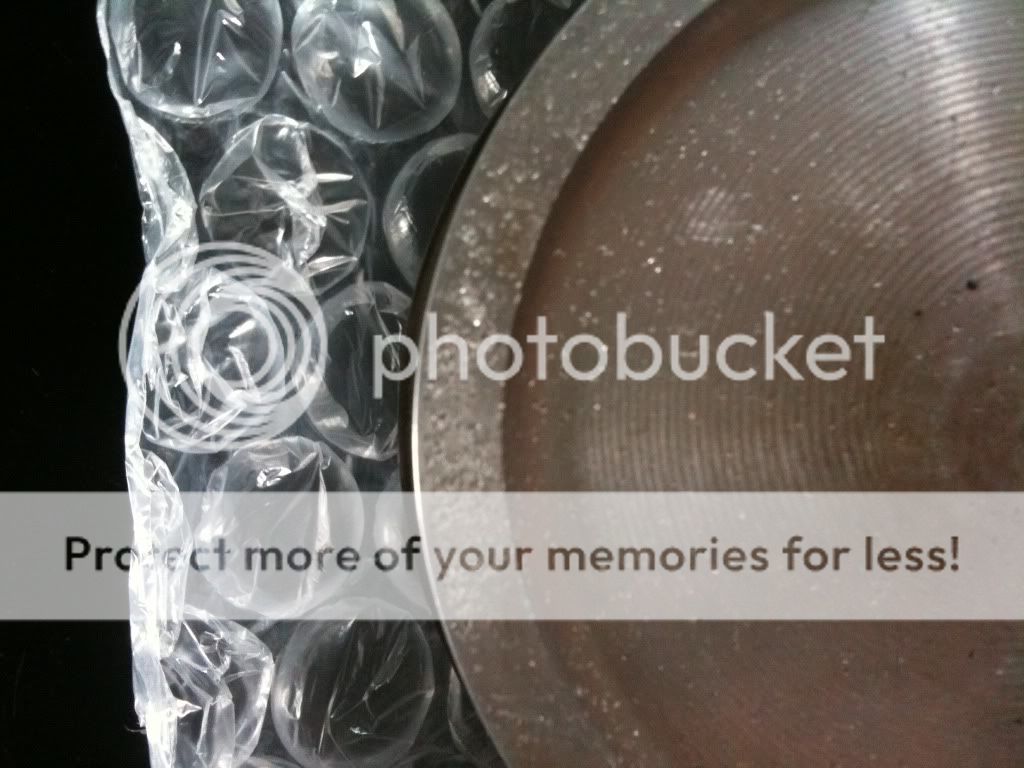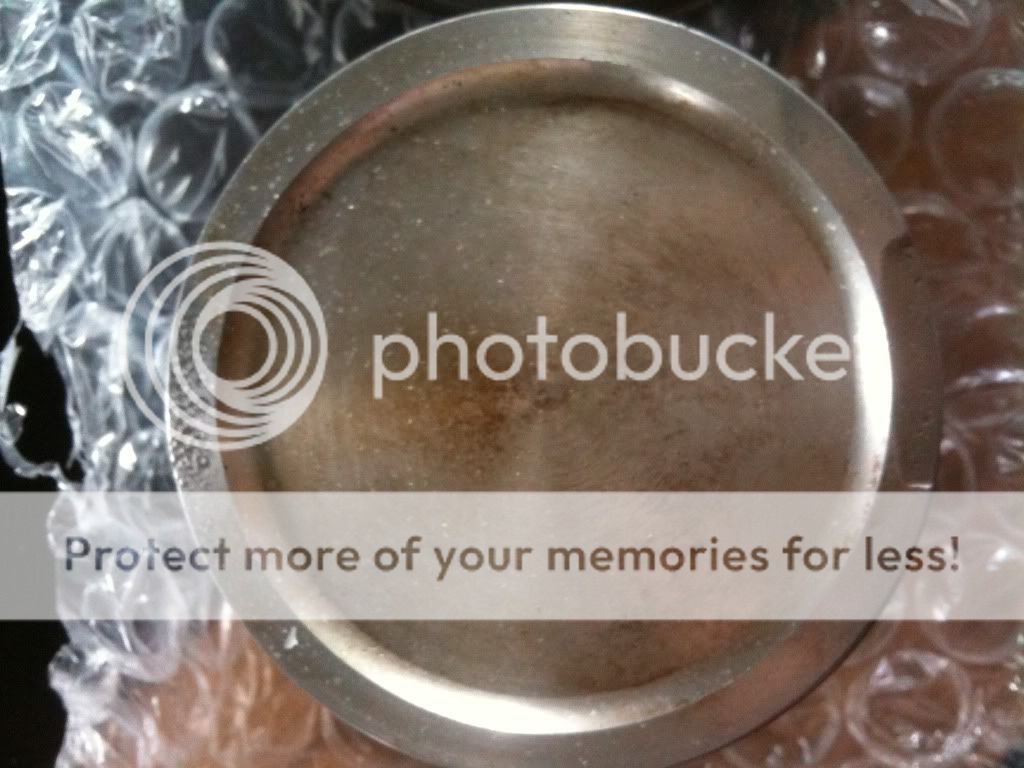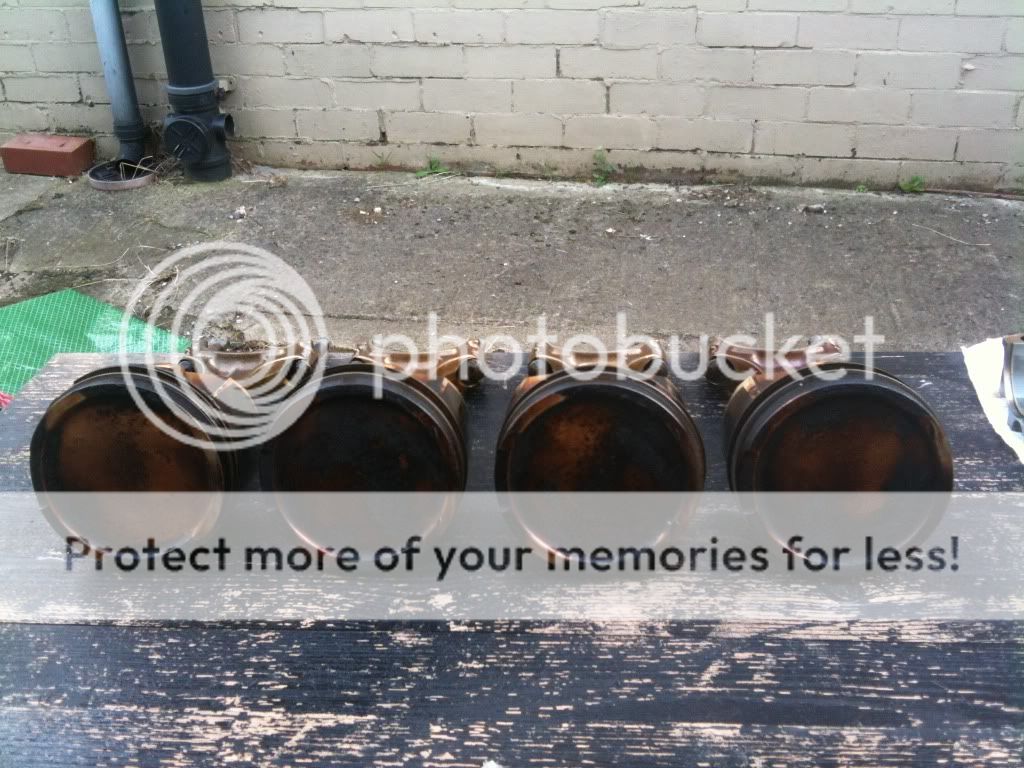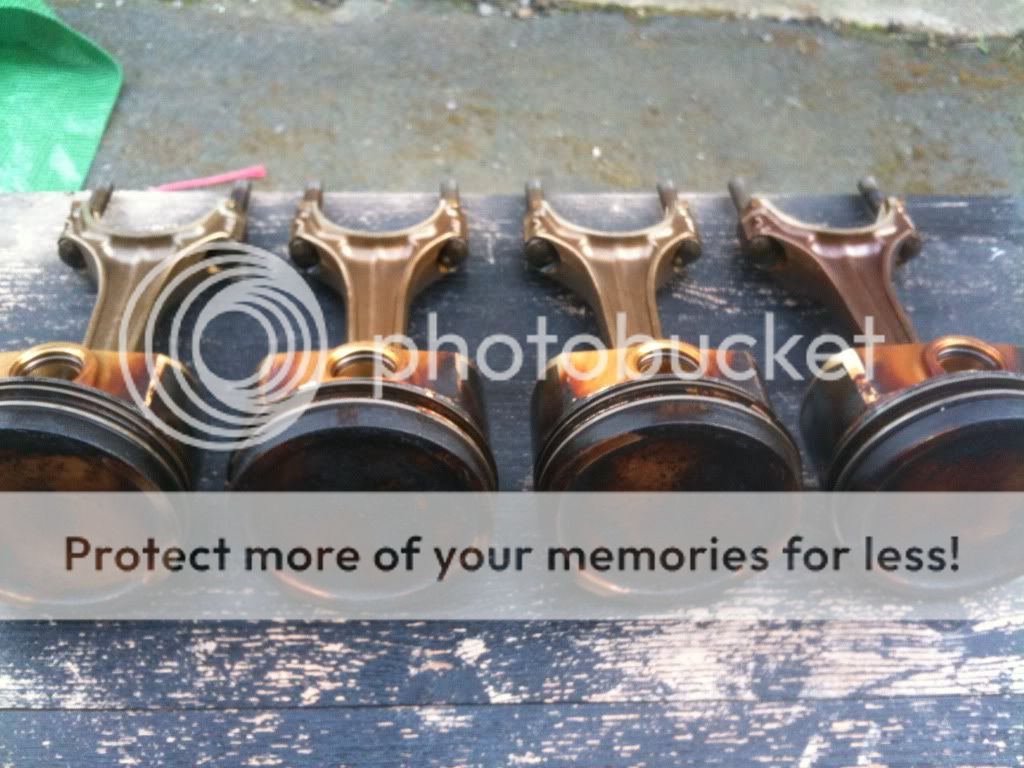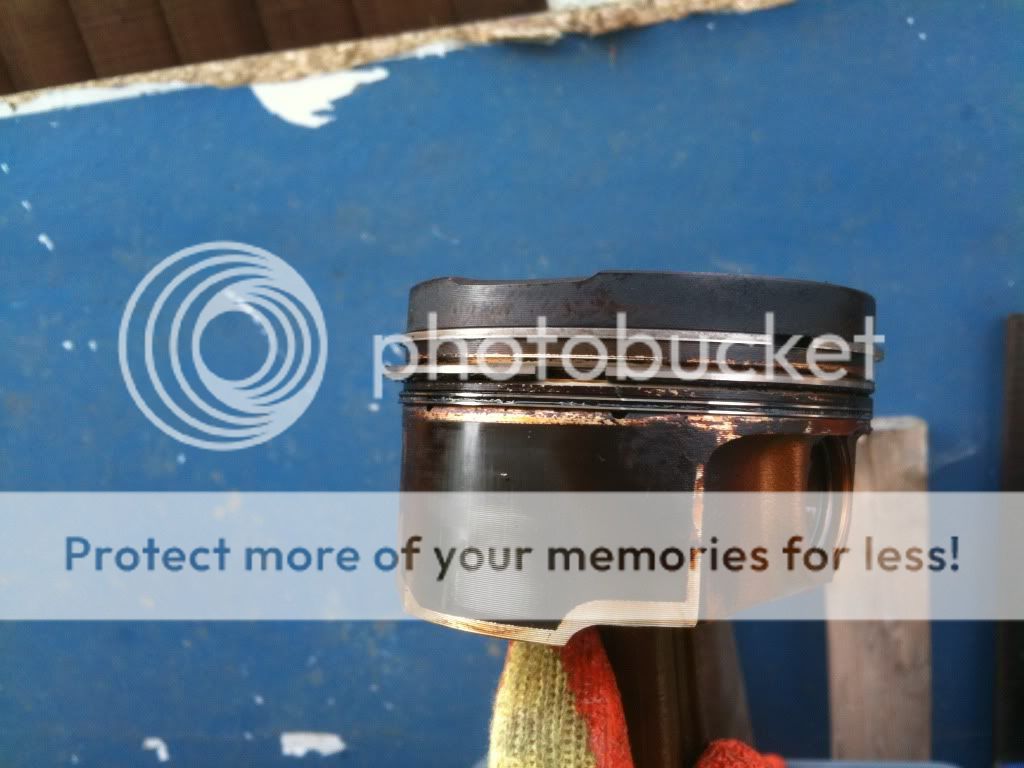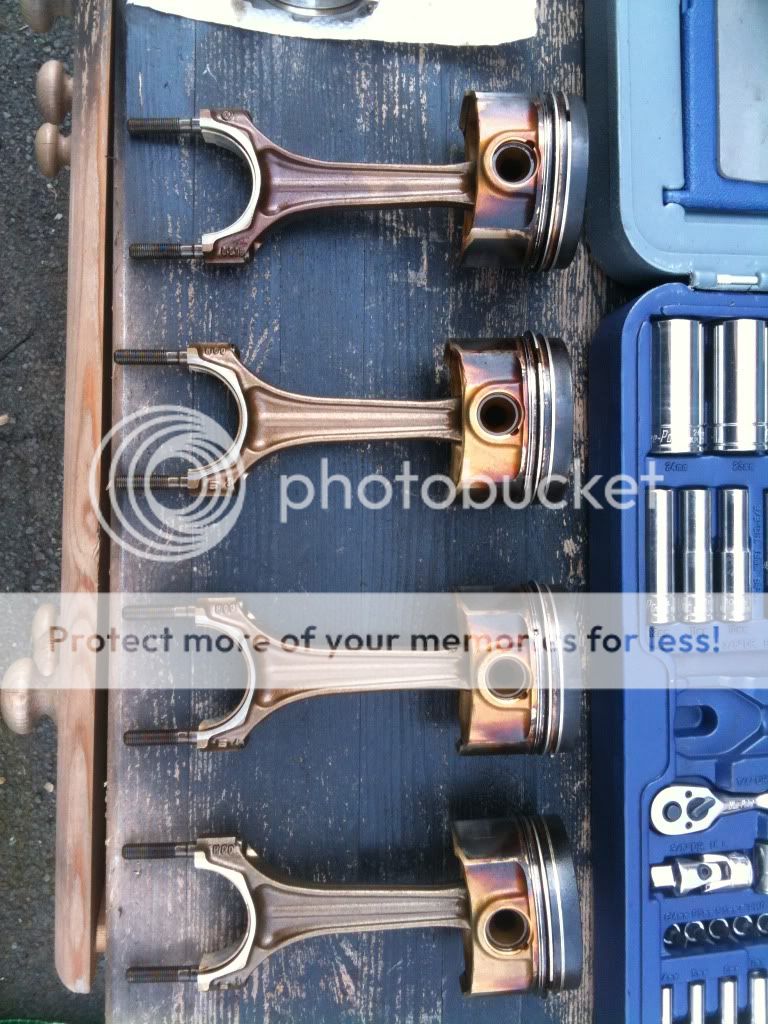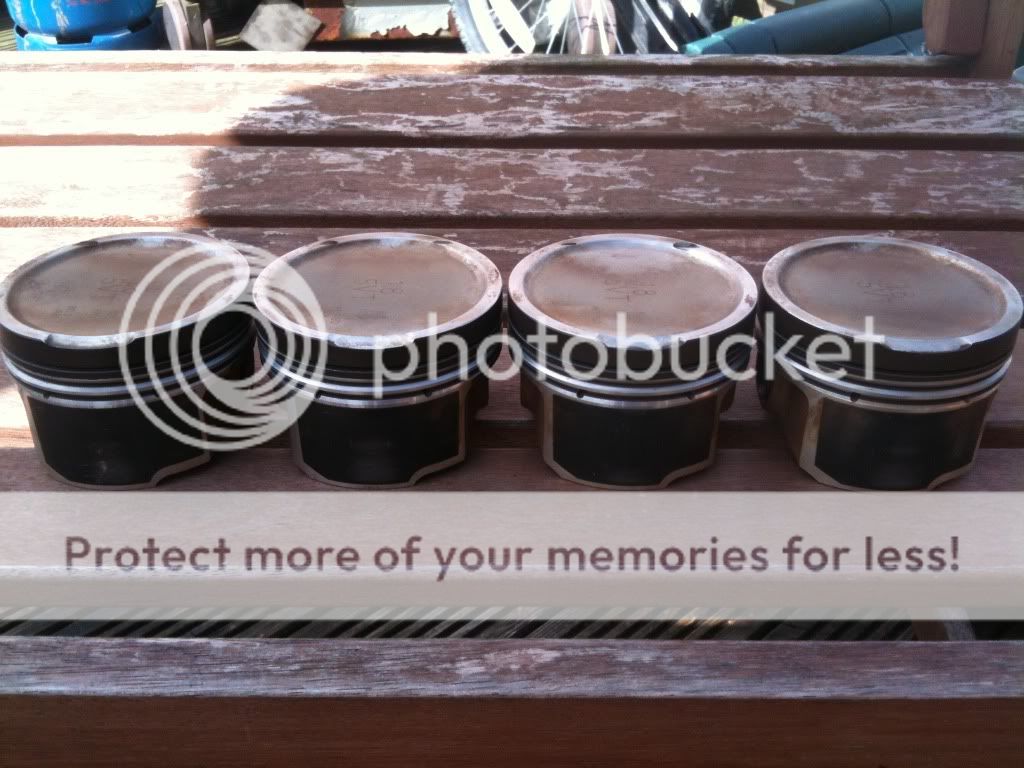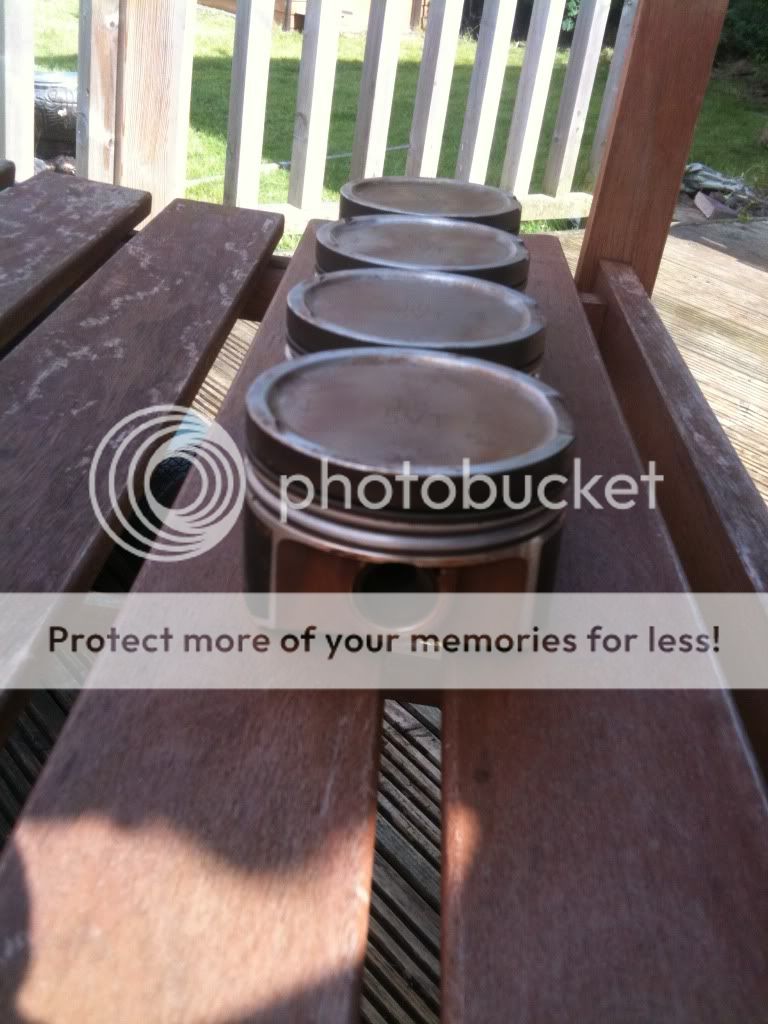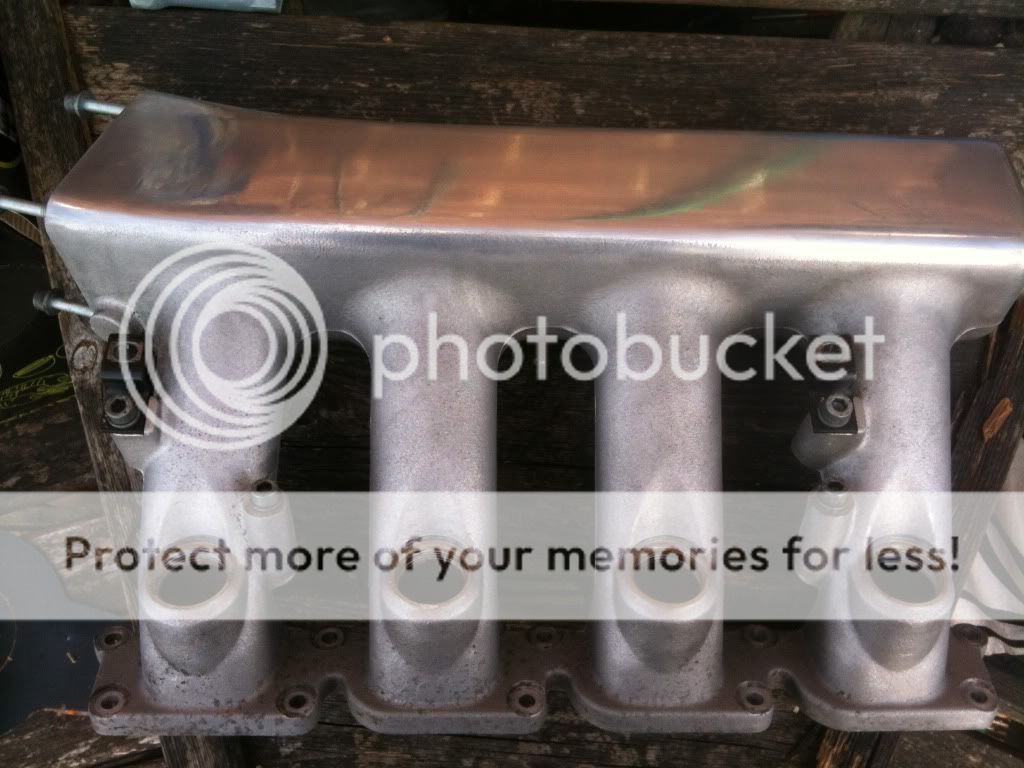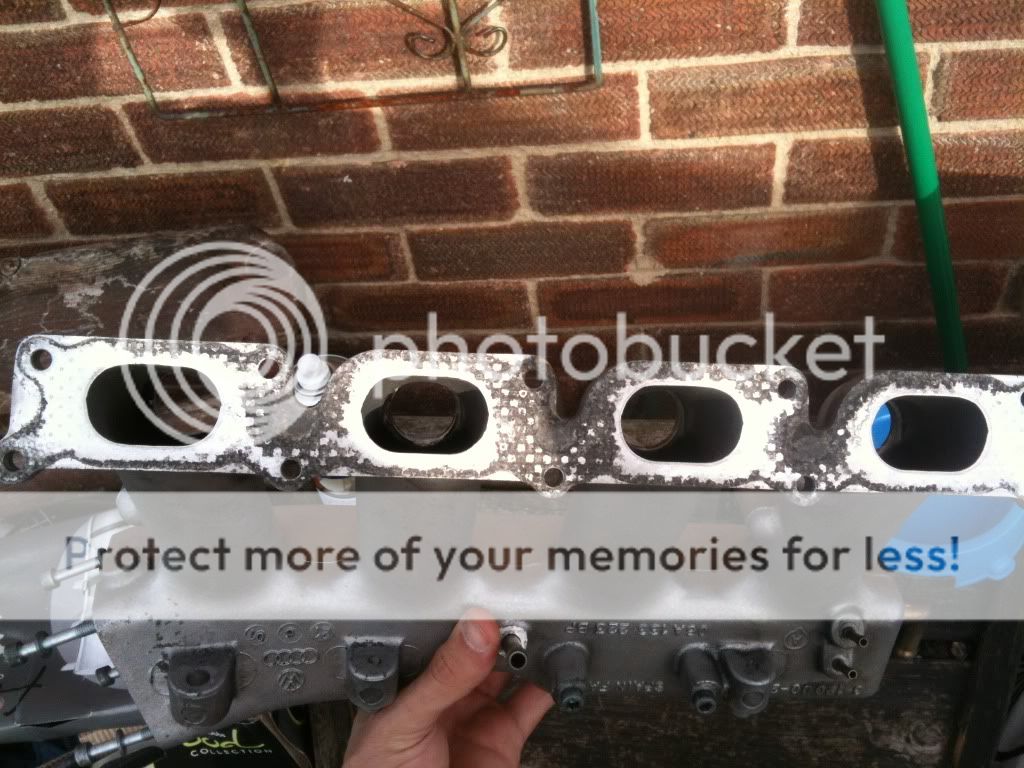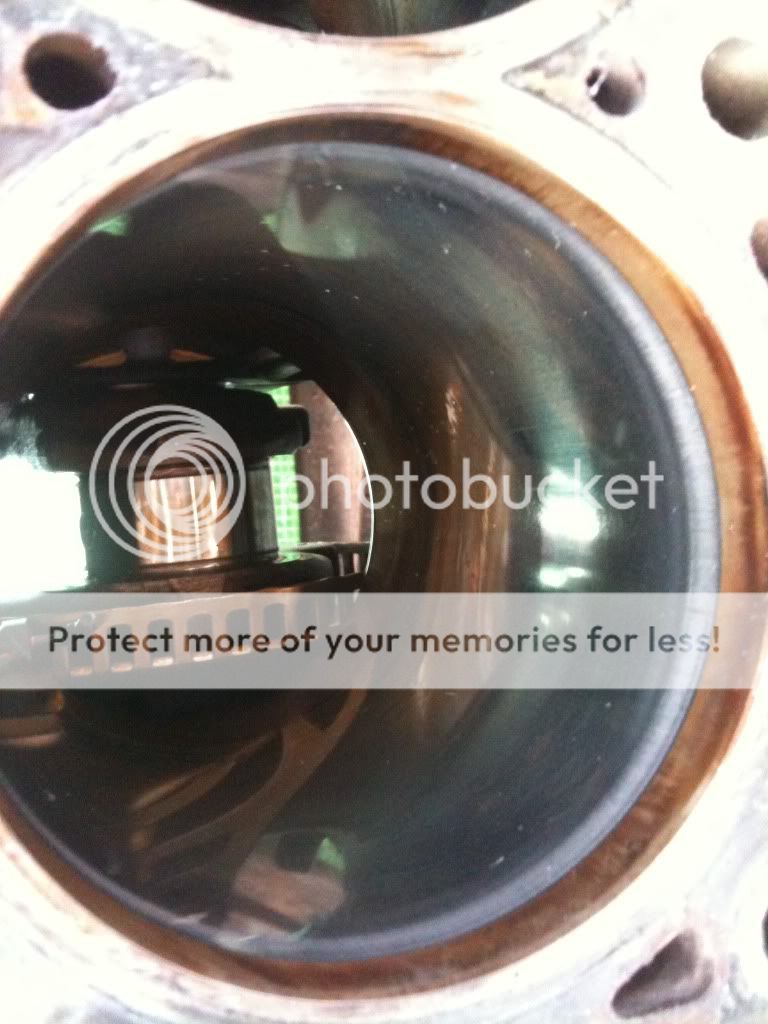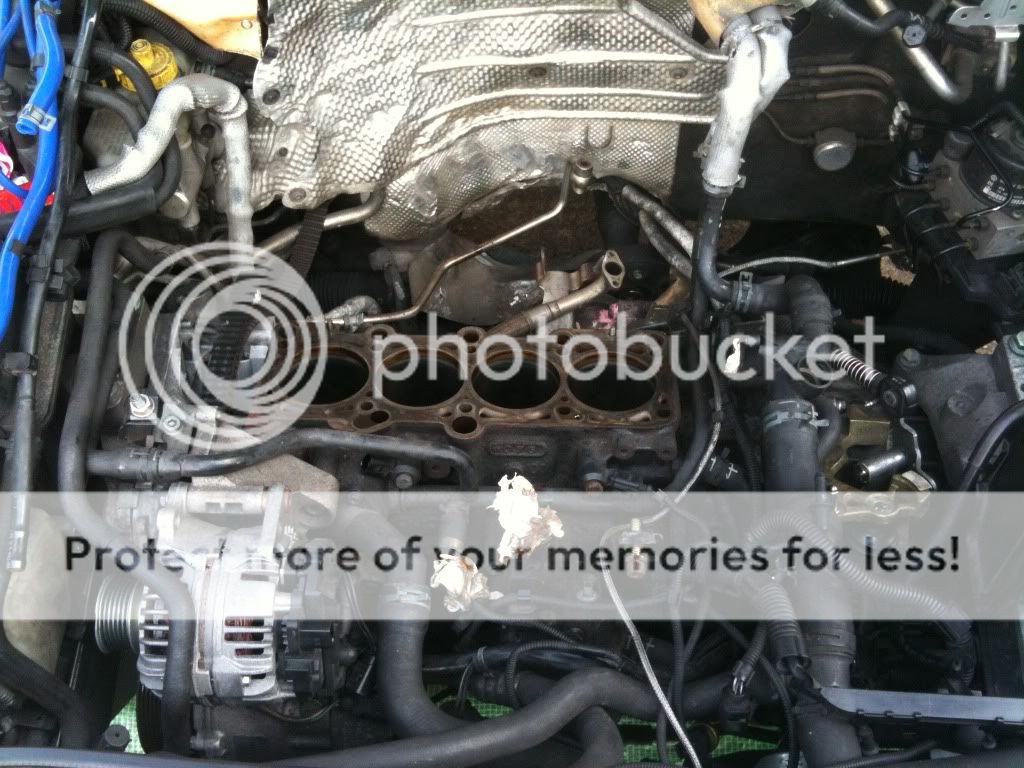today iv swoped the cam sensor and other stuff onto the AGU head from the AMK and all new mani studs.
took the vvt off with difficulty but got there in the end just need to fit it to the AGU now. do i have to lift all the cams up
as i did on the AMK head and just drop it in and job done or is there more to it than that coz the chain is alot tighter than the AMK one thanks
took the vvt off with difficulty but got there in the end just need to fit it to the AGU now. do i have to lift all the cams up
as i did on the AMK head and just drop it in and job done or is there more to it than that coz the chain is alot tighter than the AMK one thanks















